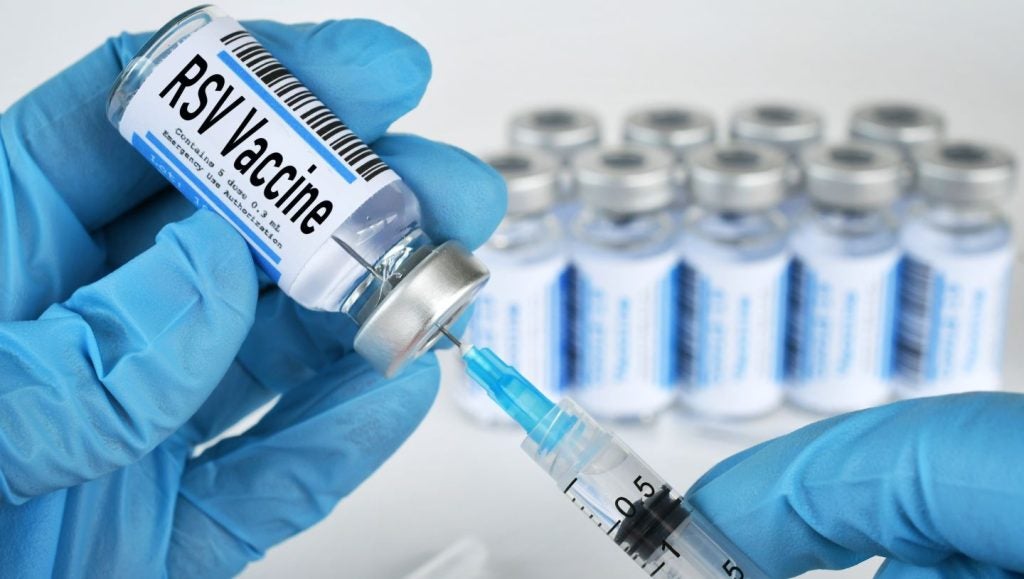US-based biopharmaceutical company Blue Lake Biotechnology has reported positive preliminary data from the initial two cohorts of a Phase I/IIa study of BLB201, an investigational vaccine for severe respiratory syncytial virus (RSV) disease.
The vaccine uses a proprietary parainfluenza virus 5 (PIV5) vector to encode the RSV F protein, a vector not known to cause human disease.
This trial is assessing the vaccine in children aged eight to 59 months.
According to the findings, the vaccine was found to be immunogenic and well-tolerated in children.
No significant safety events following a single intranasal dose in RSV seropositive children were observed.
With the ongoing trial now enrolling both RSV seropositive and seronegative children as young as eight months, the study has observed promising immune responses.
No serious vaccine-associated safety signals have been reported among the initial ten participants who received the vaccine in the trial.
In the subset of five participants, who received a higher dose of 10⁷ PFU of BLB201, there was a notable increase in RSV neutralising antibody responses four weeks post-vaccination.
Among these subjects, 80% experienced a 3.6- to 57-fold rise in neutralising antibodies over baseline.
In addition, RSV-specific mucosal IgA antibody and cellular immune responses were observed, suggesting immune responses.
The US Food and Drug Administration has granted fast-track designation to the BLB201 vaccine for the prevention of RSV-associated acute respiratory disease in both adult and paediatric populations.
Blue Lake Biotechnology founder and CEO Biao He said: “Given the challenges of developing an RSV vaccine for children, it is highly encouraging that BLB201, our intranasal RSV vaccine candidate, has been well-tolerated in this age group so far.
“This is particularly encouraging given that the target population of our vaccine includes infants under eight months old who may already have passive immunity to RSV from maternal antibodies or exogenously administered anti-RSV antibodies.”









